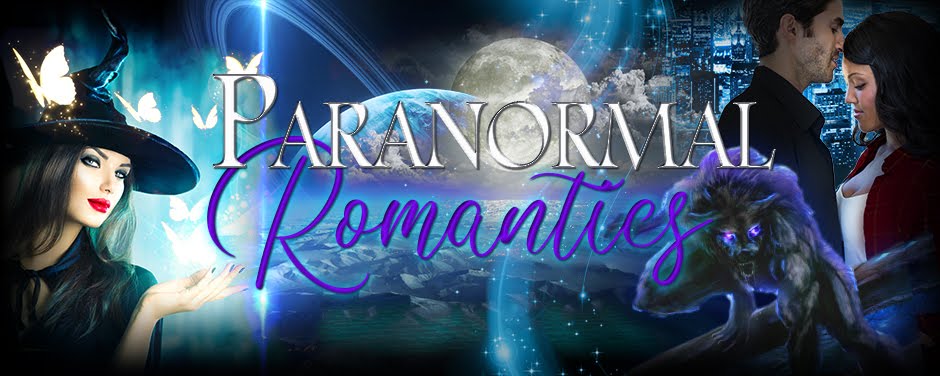You've picked up a craft book, and the writer is giving you loads of great advice but they're dropping a lot of words that sound vaguely familiar from middle school English class and you can't quite remember what they mean. Since there's a lot of lingo in the writing world, let's do a break down for our new-to-writing friends or those that need a refresher.
Exposition:
This is the beginning of the novel and it's setting (because setting changes throughout a story there can be multiple sections of exposition). Where are we? When are we? Who's point of view are we in? Exposition keeps the reader grounded so that they can focus on the events surrounding the main character. But too much exposition can be a bad thing. We want to know how the grass feels under the protagonist's feet, but only if that's important to establish a solid setting, otherwise it's overkill.
Protagonist:
The main character.
Antagonist:
The person OR thing standing in the way of the main character's success. For stories about survival in nature, the antagonist wouldn't be a person, but rather nature itself because that is the very thing making our poor protagonist's life hard.
Inciting Incident:
This is the singular event that takes our main character out of their normal day-to-day lives and thrusts them into something different. For example, Harry Potter's inciting incident in book 1 is when he receives his acceptance to Hogwarts. That one letter changes his whole life from being shoved into a cupboard to becoming one of the greatest wizards.
Rising Actions:
These are the scenes that take the story problem and make it more challenging in order to built tension within a story. It's where the writer adds complications to the problem the main character is trying to solve. These scenes lead us to the climax.
Climax:
This is the most exciting part of the story. Will our protagonist make it out alive? We're bitting our nails and staying up well past our bedtimes to read these chapters. Usually, the protagonist will have a direct faceoff with the antagonist here.
Falling Actions:
After the climax, comes the scenes that lead us to the resolution. In these chapters, we can see how the protagonist will manage to make it through the crux of the story problem, but things haven't fully settled yet. These chapters give your reader a sense of tying up loose ends and ultimately help the reader find satisfaction in the story. Remember to not use coincidence to solve problems here, otherwise, your readers will feel frustrated instead.
Resolution:
Our main character has gone on quite a journey from the start to the finish of the book, and they find a new normal in their day-to-day lives. For Harry, he returns to Privet Drive, but we know his life will never be the same. The same will be true for your main character, after facing their biggest challenge, they will return a little different than they were at the start of the story.
Until next time, friends, happy writing.


2 comments:
What a great reminder, April. Although they are basic terms, we often forget their meanings. Joseph Campbell talks about the Hero's Journey. I find Christopher Vogler's The Writer's Journey more helpful, esp. since he uses popular movies in his examples--as you did with Harry Potter. Nice job.
Great post! Thanks!
Post a Comment